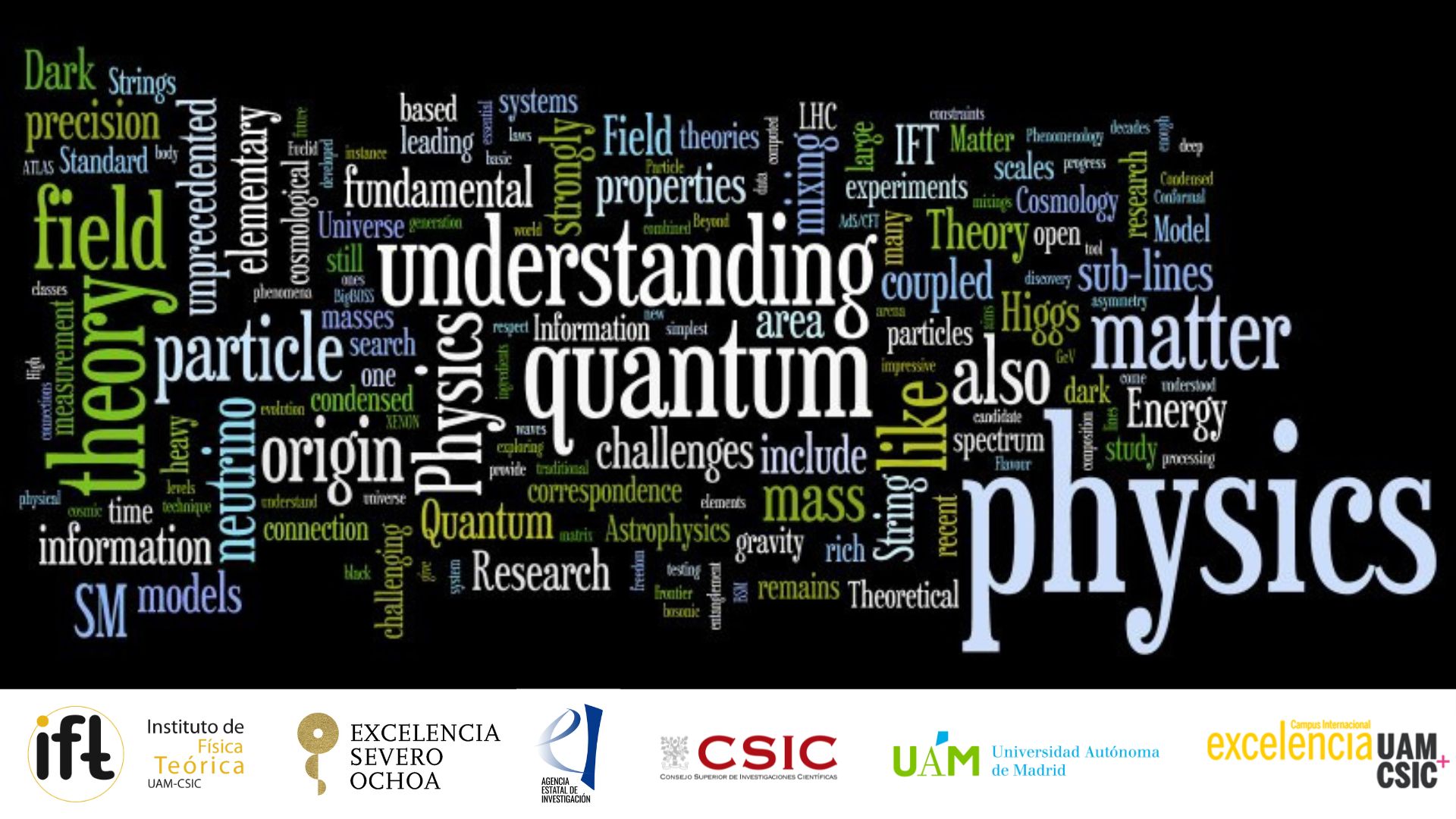Centro de Excelencia Severo Ochoa
Menu
Search

Grey Room 2
Superconducting circuits have emerged as a leading technology for building qubits. Typically, designing and connecting these circuits resembles a game of assembly, with elements like transmission lines (TLs) functioning as interconnecting links and nonreciprocal devices (e.g., circulators) acting as routing hubs. However, the systematic construction of quantum Hamiltonian models for such systems does not follow a similarly additive property. When elements are added to a circuit, prior constraints are modified and new constraints appear, precluding a simple sum of Hamiltonian terms to systematically construct these phenomenological quantum mechanical models.
In this presentation, I will show how to tackle the general question of constructing exact quantum mechanical models for so-called quasi-lumped electrical networks [1,2]. These networks comprise lumped elements, such as (nonlinear) capacitors and inductors, nonreciprocal elements (circulators), and transmission lines. A common technique to handle such circuits involves either node-flux or loop-charge quantization methods, along with their continuous limits when dealing with TLs. However, this process can lead to various types of singularities, which may yield physically nonsensical predictions, such as divergent effective models. This issue is partly due to the incorrect identification of the infinite-dimensional Hilbert space of the TLs, which support 1D scalar fields. Using a geometrical description [1], amenable to the Faddeev-Jackiw method, we tackle the full-fledged problem of quantization by adopting a mixed charge-flux first-order description of the circuit. I will introduce the topic chronologically and pedagogically.
Social media